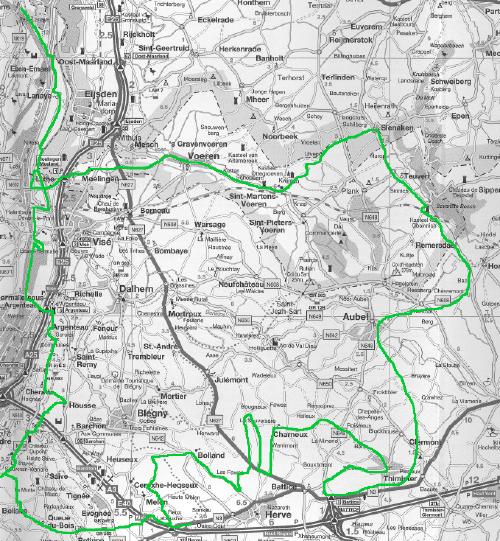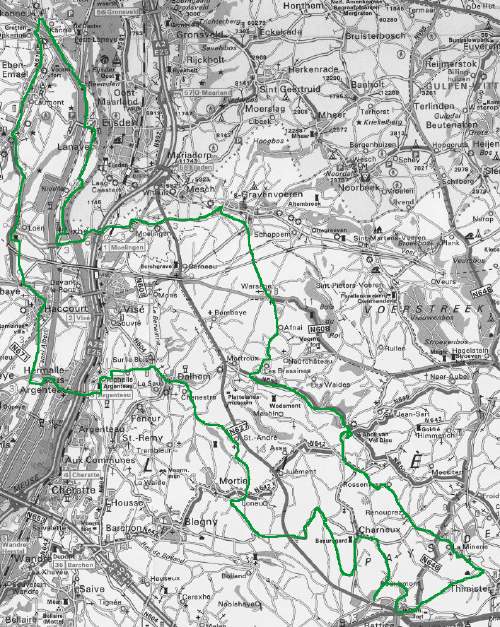“The transition from family and dynastic governement supported by the loyalties of tradition to popular was the outcome primarily of technological discoveries and inventions working a change in the customs by which men had been bound together.” p. 144
“Regarded as an idea, democracy is not an alternative to other principles of associated life. It is the idea of community life itself.” p. 148
“It is an ideal in the only intellegible sense of an ideal: namely the tendency and movement of some thing which exists carried to its final limit, viewed as completed, perfected. Since things do not attain such fulfillment but are in actuality distracted and interfered with, democracy in this sense is not a fact and never will be. But neither in this sense is there or has there ever been anything which is a community in its full measure, a community unalloyed by alien elements.” p. 148
“Associated or joint activity is a condition of the creation of a community. But association itself is physical and organic, while communal life is moral, that is emotionally, intellectually, consciously sustained.” p. 151
“Associated activity needs no explanation; things are made that way. But no amount of aggregated collective action of itself constitutes a community.” p. 151
“Interactions, transactions, occur de facto and the results of interdepence follow. But participation in activities and sharing in results are additive concerns. They demand communication as a prerequisite.” p. 152
[How to arrive at a Great Community?]
“… the perfecting of the means and ways of communication of meanings so that genuinely shared interest in the consequences of interdependent activities may inform desire and effort and thereby direct action.” p. 155
“[K]nowledge is a function of association and communication; it depends upon tradition, upon tools and methods socially transmitted, developed and sanctioned.” p. 158
“There can be no public without full publicity in respect to all consequences which concern it. Whatever obstructs and restricts publicity, limits and distorts public opinion and checks and distorts thinking on social affairs.” p. 167
“Science is converted into knowledge in its honorable and emphatic sense only in application. Otherwise it is truncated, blind, distorted.” p. 174
“Record and communication are indispensable to knowledge. Knowledge cooped up in private consciousness is a myth, and knowledge of social phenomena is peculiarly dependent upon dissemination, for only by distribution can such knowledge be either obtained or tested. A fact of community life which is not spread abroad so as to be a common possession is a contradiction in terms.” p. 176-177
“Public opinion , even if it happens to be correct, is intermittent when it is not the product of methods of investigation and reporting constantly at work. It appears only in crises. Hence its “rightness” concerns only an immediate emergency.” p. 178
“But its meaning [of the news] depends upon relation to what it imports, to what its social consequences are”. p.180
“The function of art has always been to break through the crust of conventionalized and routine consciousness. Common things, a flower, a gleam of moonlight, the song of a bird, not things rare and remote, are means with which the deeper levels of life are touched so that they spring up as desire and thought. This process is art.” p. 184
“We have but toouched lightly and in passing upon the conditions which must be fulfilled if the Great Society is to become a Great Community; a society in which the ever-expanding and intricately ramifying consequences of associated activities shall be known in the full sense of that word, so that an organized, articulate Public comes into being.” p. 184
“The highest and most diffficult kind of inquiry and a subtle, delicate, vivid and responsive art of communication must take possession of the physical machinery of transmission and circulation and breathe life into it. When the machine age has thus perfected its machinery it will be a means life and not its despotic master.” p. 184
“Democracy will come into its own, for democracy is a name for a life of free and enriching communion.” p. 184
“But while associated behavior is, as we have already noted, a universal law, the fact of association does not of itself make a society. This demands (…) perception of the consequences of a joint activity and of the distinctive share of each element in producing it.” p. 188
“Individuals find themselves cramped and depressed by absorption of their potentialities in some mode of association which has been institutionalized and become dominant. They may think they are clamoring for a purely personal liberty, but what they are doing is to bring into being a greater liberty to share in other associations, so that more of their individual potentialities will be released and their personal experience enriched.” p. 193-194
“Vision is a spectator; hearing is a participator. Publication is partial and the public which results is partially informed and formed until the meanings it purveys pass from mouth to mouth.” p. 219

